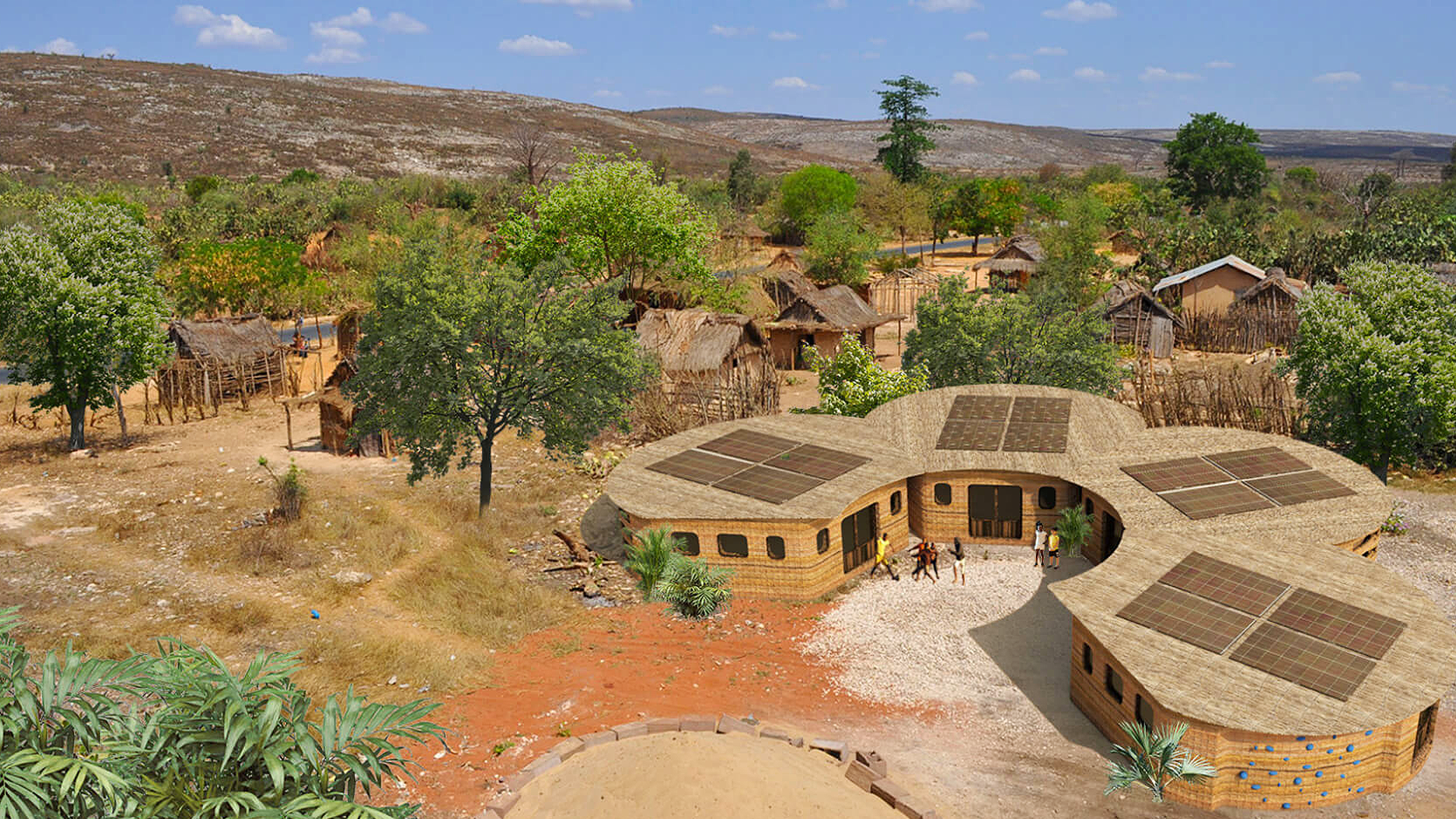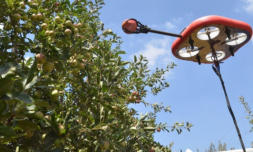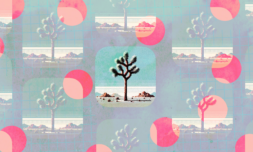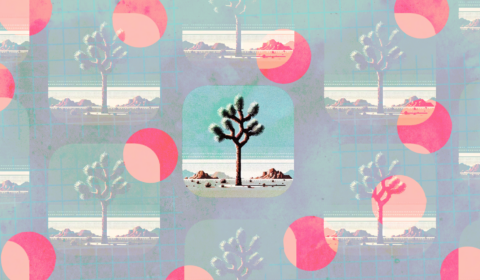The first school to be built using this method is in southern-central Madagascar, Fianarantsoa, and will be home to 20 engineers from the local university. Choosing this urban area was intended to cultivate a deeper understanding of local supply chains, which are much more accessible in cities.
Corrugated tin and wood in a reddish-brown color along with Madagascan textiles will be used for the roof and ceilings, allowing the school to blend with the design conventions of the area in mind. This is vital for schools to feel like authentic communal spaces, rather than being distinctive and out of place.
It’ll also be powered entirely by solar energy and the infrastructure actually comes with Internet access – which is a necessity for modern education.
The school building is designed to mimic a honeycomb, both inside and out. This helps reduce the cost of development by roughly 20 000 dollars as the walls will remain hollow, requiring less materials. If the trial goes successfully, additional honeycombs will be added to the original structure, forming a beehive campus.
This sustainable project is largely being undertaken by Hyperion Robotics. They are providing a 6.5 foot tall 3D printer to glaze layers of cement-like material, which will eventually become education huts.
https://www.youtube.com/watch?v=9SoaawSpLl8
Maggie Grout’s ambition with these printed schools extends far beyond a single school, too. Other projects are already underway, notably in a community in Zimbabwe and a refugee camp in Malawi. Soon there should be beehives accessible to many struggling populations around the world, helping to boost educational opportunities.
While Thinking Huts provides the physical infrastructure, it has partnered with local organizations to hand over the teaching and conducting of daily operations. EMIT, the university located in Fianarantsoa, lacks the funding to finance necessary teaching locals and will be bringing the first hut to life.
An important factor in development work is ensuring that community interests are continuously kept in mind. In line with the ‘teach a man to fish’ mentality, providing the resources will then allow for the greater expansion of learning opportunities.
While Thinking Huts will be removing themselves from individual projects once the schools are built, they do intend to continue providing resources. Maggie highlights the development of a Think Cloud, an online portal where the different huts have access to educational resources and can collaborate with one another.
The pandemic has severely restricted the accessibility for children across the globe. Thinking Huts and the innovation of 3D printing will give many more communities a comfortable and sustainable space where young generations can learn.
This article was originally written by Julie Luebken, a student at the University of Cambridge interested in digital politics, climate justice, and international relations. View her LinkedIn.




















